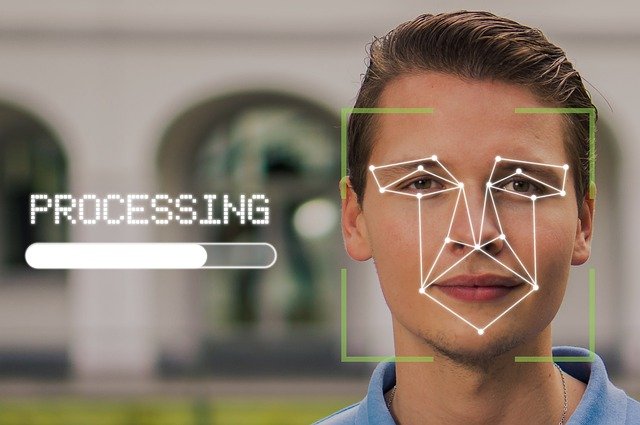Introduction: In the realm of Human Resources (HR), efficiency, accuracy, and security are paramount. Face recognition technology has emerged as a powerful tool revolutionizing HR processes by streamlining tasks, enhancing security measures, and improving the overall employee experience. This article delves into how face anti spoofing is transforming HR processes and reshaping the way organizations manage their workforce.
- Automated Time and Attendance Tracking: Traditional time and attendance tracking systems are often prone to inaccuracies and manual errors. Face recognition technology automates this process by accurately identifying employees as they enter or exit the workplace. With facial recognition-enabled time clocks or systems, employees can seamlessly clock in and out simply by facing a camera, eliminating the need for manual timekeeping methods. This enhances accuracy, reduces administrative burden, and ensures compliance with labor regulations.
- Enhanced Access Control and Security: Facial recognition technology enhances access control and security measures within organizations. By integrating facial recognition systems with access control systems, organizations can restrict access to sensitive areas or confidential information based on employees’ facial biometrics. This strengthens security protocols, mitigates the risk of unauthorized access, and safeguards against security breaches or insider threats.
- Streamlined Employee Onboarding and Verification: Face recognition simplifies the employee onboarding process by automating identity verification and document authentication. During the hiring process, facial recognition systems can verify candidates’ identities by matching their facial biometrics with official identification documents. This reduces the likelihood of identity fraud, speeds up the onboarding process, and enhances the overall efficiency of HR operations.
- Personalized Employee Experiences: Face recognition technology enables organizations to personalize employee experiences based on individual preferences and characteristics. By analyzing facial expressions and emotional cues, HR systems can gauge employee satisfaction levels, identify areas for improvement, and tailor interventions or support services accordingly. This personalized approach fosters employee engagement, retention, and overall satisfaction within the workforce.
- Compliance and Data Security: While leveraging face recognition technology offers numerous benefits for HR processes, it is essential to prioritize compliance and data security. Organizations must adhere to data protection regulations, such as GDPR or CCPA, and implement robust security measures to safeguard biometric data. Transparent data policies, informed consent, and encryption protocols are crucial for maintaining trust and compliance with regulatory requirements.
Conclusion: In conclusion, face recognition technology is revolutionizing HR processes by automating time and attendance tracking, enhancing access control, streamlining employee onboarding, personalizing employee experiences, and ensuring compliance with data protection regulations. As organizations embrace this transformative technology, it is imperative to prioritize ethical considerations, data security, and regulatory compliance to maximize its benefits while mitigating potential risks. By leveraging face recognition responsibly, HR departments can optimize their operations, improve workforce management, and drive organizational success in the digital age.









